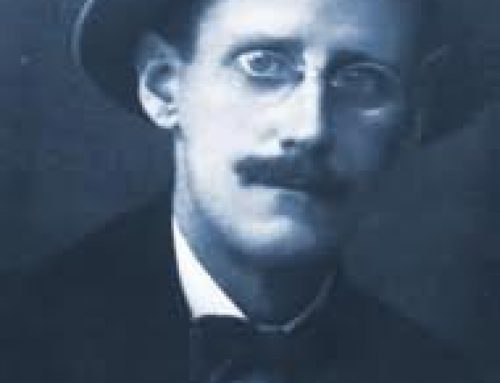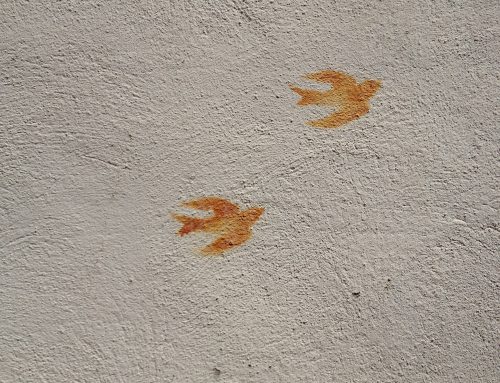It occurs to me as I am going about the day, from early stirring before sunrise until to the settled darkness of deepening night, through conflicts (with a vexing yet much loved teenager, for one) and obligations (professional), pleasures (personal) and routines (impersonal), waking, washing, cooking, eating, walking, talking, working, sitting, reading, writing, cleaning, yawning, thinking, dreaming, it occurs to me that through it all, « enlightenment » or « awakening » is, as I think Chogyam Trungpa said, to see the continuity of the enlightened mind in each and every situation, as well as the discontinuity of it.
Continuity and discontinuity of the enlightened mind
About the Author: zenscribe
Enseignante Zen et poète, Sensei Amy “Tu es cela” Hollowell est née et a grandi à Minneapolis, aux Etats-Unis. Arrivée en France en 1981 pour étudier la littérature et l’histoire, elle y est restée, s’installant à Paris, où elle élève ses deux enfants et gagne sa vie en tant que journaliste.
The Zen teacher and poet Amy “Tu es cela” Hollowell Sensei was born and raised in Minneapolis, but came to France in 1981 to study literature and history and has lived in Paris ever since, raising her two children and making a living as a journalist.













exactly.
reminds me:
long ago on a sesschin someone told me she felt like waisting her time:
how can someone waist his/her time?
There is not one without the other (form is emptiness, emptiness is form, as the Heart Sutra says).
The forms make the differences (Tibetan or Japanese), the emptiness makes all one (no Tibetan or Japanese).
I like Trungpa a lot.
In one way or an other the Tibetans are easier to ‘feel’ for me than the Japanese.
I often feel i ‘feel’ them more than i understand them –
In art we should say it is a matter of style/form. But what is style/form?
Just the outside – or the essence – or both – or none of them ?
all one energy